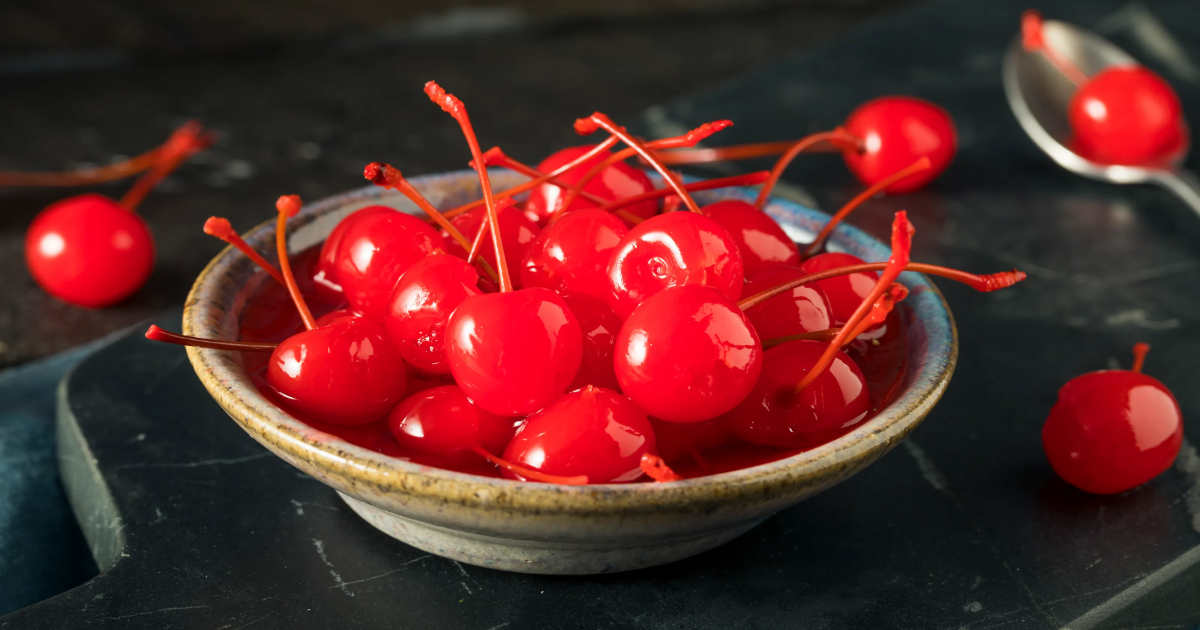
- The FDA will phase out petroleum-based synthetic dyes in food and medications by the end of 2026.
- Health Secretary Robert F. Kennedy Jr. cited potential health risks of these dyes, particularly for children.
- Several Michigan food companies currently use some of the dyes slated for removal.
The U.S. Department of Health and Human Services and U.S. Food and Drug Administration announced it would phase out all petroleum-based synthetic dyes from the United States’ food supply and medications, including a number of them used by companies in Michigan.
The announcement followed a news conference from Health Secretary Robert F. Kennedy Jr. on April 22.
“For too long, some food producers have been feeding Americans petroleum-based chemicals without their knowledge or consent,” Kennedy said.
“These poisonous compounds offer no nutritional benefit and pose real, measurable dangers to our children’s health and development. That era is coming to an end. We’re restoring gold-standard science, applying common sense, and beginning to earn back the public’s trust. And we’re doing it by working with industry to get these toxic dyes out of the foods our families eat every day,” he said.
The announcement refers only to colorings, and not synthetic flavorings that also are used in many products.
Here’s what you should know about synthetic dyes and companies that make foods in Michigan.
What dyes will be removed from food, medicines?
The dyes that will be phased out by the end of 2026:
- FD&C Green No. 3
- FD&C Red No. 40
- FD&C Yellow No. 5
- FD&C Yellow No. 6
- FD&C Blue No. 1
- FD&C Blue No. 2
Also coming within the coming months will be action to remove authorization to use:
Why are dyes used in food and medications?
Artificial dyes are used to “offset color loss due to exposure to light, air, temperature extremes, moisture and storage conditions; correct natural variations in color; enhance colors that occur naturally; provide color to colorless and ‘fun’ foods,” according to the Food and Drug Administration.
How do you know if your food has artificial dyes?
Artificial dyes can be found in many processed foods, including:
- candies
- snack foods
- margarine
- soft drinks
- jams/jellies
- gelatins
- pudding and pie filling
The FDA said exempt color additives are not required to be declared by name on labels but may be declared simply as “artificial color” or “color added.”
Will the petroleum-based dyes be replaced with other dyes?
“Today, the FDA is asking food companies to substitute petrochemical dyes with natural ingredients for American children as they already do in Europe and Canada,” said FDA Commissioner Marty Makary.
“The FDA is fast-tracking the review of calcium phosphate, Galdieria extract blue, gardenia blue, butterfly pea flower extract, and other natural alternatives to synthetic food dyes.”
Within weeks, the FDA will also authorize four new natural color additives and partner with the National Institutes of Health to conduct research on “how food additives impact children’s health and development,” according to the HHS.
What’s bad about existing food dyes?
“We have a new epidemic of childhood diabetes, obesity, depression, and ADHD. Given the growing concerns of doctors and parents about the potential role of petroleum-based food dyes, we should not be taking risks and do everything possible to safeguard the health of our children,” Makary said.
Kennedy in the past has linked food dyes and additives to ADHD and chronic diseases, such as obesity.
Does Kellogg’s or Kellanova use artificial in their products?
According to ingredient information on its website, Kellogg’s and Kellanova use Red 40 in some products, as well as Yellow 5, Blue 1, Blue 2, Yellow 6.
Does Post use artificial colors in its foods?
Post Consumers Brands says on its website that some products include synthetic colors, such as Red 40, Yellow 5, Yellow 6, Green 3 and Blue 1.
Does Faygo use artificial colorings in its soda pop?
Faygo soda pop flavors use a variety of artificial colorings, including Blue 1, Red 40, Yellow 5 and Yellow 6.
Does BetterMade use artificial colors in its snacks?
BetterMade, which makes chips and popcorn, does not list any of the petroleum-based dyes.
Hudsonville ice cream uses artificial dyes
Hudsonville Ice Cream lists Blue 1, Red 40 and Yellow 5.
Does Vernor’s use artificial dyes?
Vernor’s lists caramel color as an ingredient, but does not list any petroleum-based dyes.
Does Vlasic Pickles use food dyes?
Vlasic Pickles does not list any synthetic food dyes for its products.
Does Gerber use artificial dyes?
The Fremont, Michigan-based company does not list any artificial colorings in its baby food products.
Are there artificial dyes in Jiffy mixes?
The Chelsea-based company lists Blue 2 Lake, Yellow 5 Red 40 Lake as colorings for a handful of products.
Does Koegel use synthetic colorings in its meat products?
The Flint-based company does not list any synthetic colors in its products.
Do any Mackinac fudge makers use synthetic dyes in their fudge?
Murdick’s says its fudge is “all natural” and does not list any artificial colorings on its website.
Joanne’s Fudge does not list any synthetic ingredients on its website.
Kilwin’s lists Yellow 5 in one flavor of fudge.
Ryba’s Fudge shop says it uses only a handful of ingredients to make most of its fudge: cream, sugar, corn syrup, palm kernel oil, and salt — as well as a variety of nuts.
